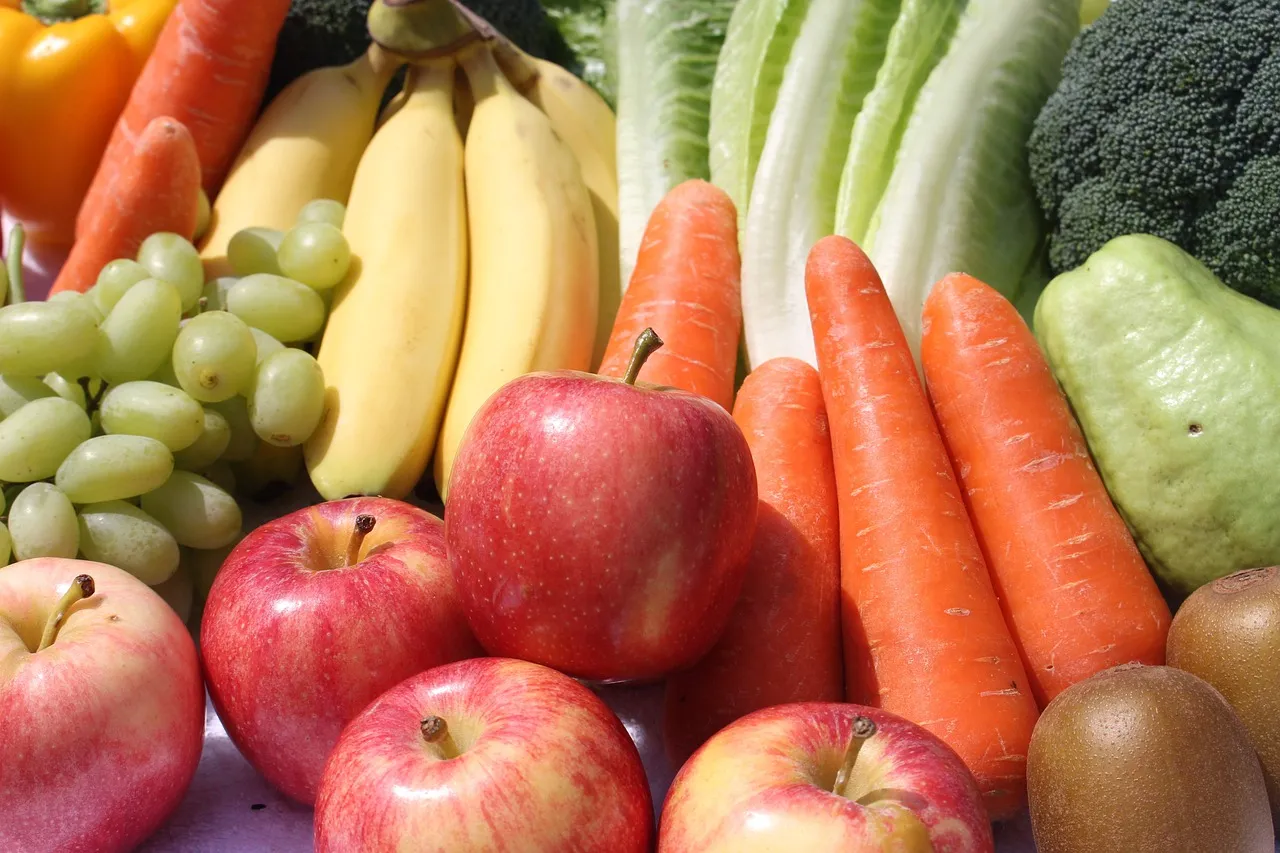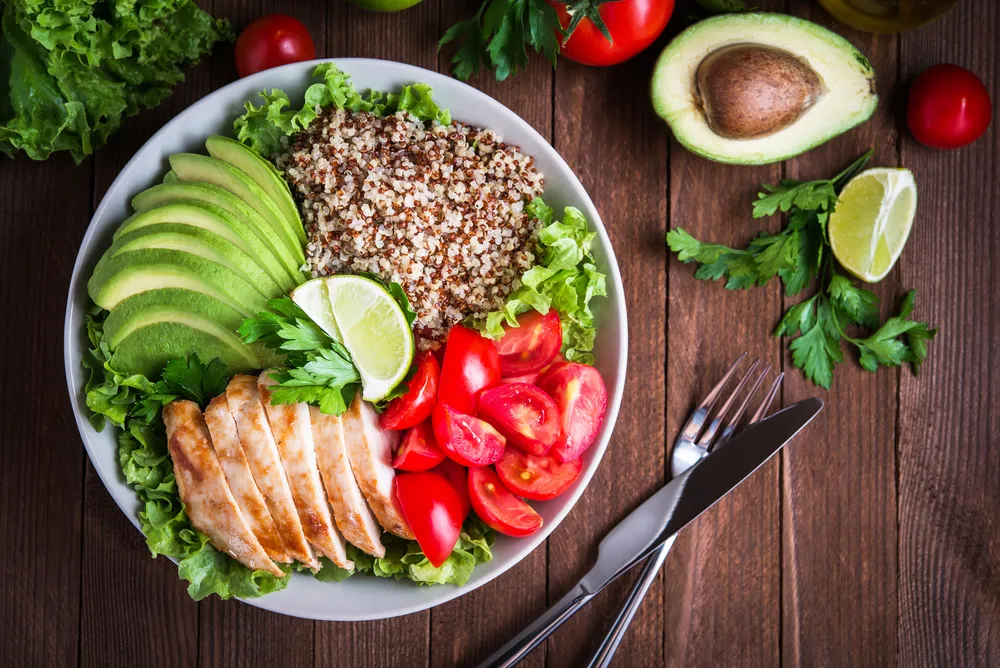
Introduction
In today’s fast-paced world, maintaining a balanced diet can often feel like a daunting task. However, Tips for Preparing Balanced Meals balanced meals are essential for providing our bodies with the nutrients they need to function efficiently. They help sustain energy levels, support overall health, and reduce the risk of chronic diseases. A balanced meal incorporates the right proportions of macronutrients—proteins, carbohydrates, and fats—along with vital micronutrients like vitamins and minerals.
This article explores practical and easy-to-follow tips for preparing balanced meals that cater to diverse dietary preferences and lifestyles, ensuring optimal nutrition for all.
Chapter 1: What Is a Balanced Meal?
A balanced meal is a combination of foods that deliver the necessary nutrients in appropriate proportions. The key components of a balanced meal include:
- Proteins
- Essential for muscle repair, growth, and overall body function.
- Examples: Lean meats, fish, eggs, legumes, tofu, and nuts.
- Carbohydrates
- The body’s primary source of energy.
- Examples: Whole grains, fruits, vegetables, and legumes.
- Healthy Fats
- Support brain function, hormone production, and energy storage.
- Examples: Avocados, olive oil, nuts, and fatty fish like salmon.
- Vitamins and Minerals
- Vital for immune function, bone health, and various biochemical processes.
- Found abundantly in fruits, vegetables, and dairy products.
- Hydration
- Although often overlooked, water is a crucial component of a balanced diet. Proper hydration supports digestion, metabolism, and nutrient absorption.
Chapter 2: Tips for Preparing Balanced Meals
1. Follow the Plate Method
The “plate method” is a simple guideline for constructing a balanced meal:
- Half of the plate: Vegetables and fruits for fiber, vitamins, and minerals.
- One-quarter of the plate: Protein sources like chicken, beans, or fish.
- One-quarter of the plate: Whole grains or starchy vegetables like quinoa or sweet potatoes.
2. Incorporate a Variety of Foods
Eating a diverse range of foods ensures you get a wide spectrum of nutrients. Aim to include different colors and textures in your meals. For example:
- Add leafy greens, vibrant bell peppers, and red tomatoes to your salad.
- Use a mix of grains like brown rice, quinoa, and barley.
3. Plan Meals in Advance
Meal prepping saves time and ensures you always have healthy options available. Tips for effective meal prep:
- Cook in bulk and portion meals for the week.
- Use airtight containers to store pre-cut vegetables and cooked proteins.
4. Balance Macronutrients
Avoid meals that are overly reliant on a single macronutrient. For example:
- Instead of just having pasta, pair it with a protein like grilled chicken and a side of vegetables.
5. Limit Processed Foods
Processed foods often contain added sugars, unhealthy fats, and excessive sodium. Opt for whole, unprocessed ingredients whenever possible.
6. Practice Portion Control
Even healthy meals can contribute to weight gain if portion sizes are too large. Use smaller plates and listen to your body’s hunger cues.
Chapter 3: Common Mistakes and How to Avoid Them
| Mistake | Impact | Solution |
|---|---|---|
| Skipping Vegetables | Misses out on essential nutrients and fiber. | Add at least two types of vegetables to every meal. |
| Overloading on Carbs | Leads to energy spikes and crashes. | Pair carbs with proteins and healthy fats. |
| Not Including Healthy Fats | Impacts brain and heart health. | Add sources like avocado, nuts, or olive oil. |
| Ignoring Hydration | Causes fatigue and poor digestion. | Drink water with meals and throughout the day. |
| Repeating the Same Meals | Limits nutrient diversity and leads to boredom. | Experiment with new recipes and ingredients. |
Chapter 4: Quick and Easy Balanced Meal Ideas
1. Breakfast
- Option 1: Greek yogurt topped with granola, fresh berries, and a drizzle of honey.
- Option 2: Whole-grain toast with avocado, a poached egg, and a side of sliced tomatoes.
2. Lunch
- Option 1: Grilled chicken salad with mixed greens, cherry tomatoes, cucumbers, and a vinaigrette dressing.
- Option 2: Quinoa bowl with roasted sweet potatoes, chickpeas, spinach, and tahini sauce.
3. Dinner
- Option 1: Baked salmon with steamed broccoli, brown rice, and lemon butter sauce.
- Option 2: Stir-fried tofu with colorful bell peppers, snap peas, and sesame oil served over rice noodles.
4. Snacks
- Apple slices with almond butter.
- A handful of mixed nuts and dried fruits.
Chapter 5: Customizing Balanced Meals for Specific Needs
1. Dietary Restrictions
- For vegetarians: Replace animal proteins with plant-based options like lentils, beans, and tofu.
- For gluten-free diets: Use quinoa, millet, or rice instead of wheat-based grains.
2. High-Performance Athletes
Athletes require higher caloric intake and protein-rich meals for muscle recovery. Include post-workout meals like grilled chicken with sweet potatoes or protein smoothies.
3. Children’s Meals
Children may be picky eaters, so present fruits and vegetables in creative ways, like colorful skewers or smoothies.
Chapter 6: Global Perspectives on Balanced Meals
1. Mediterranean Diet
Known for its heart-health benefits, this diet emphasizes olive oil, fresh vegetables, whole grains, and lean proteins.
2. Japanese Diet
Focuses on portion control and includes a variety of fresh, seasonal ingredients like fish, rice, and fermented foods.
3. Latin American Diet
Rich in beans, rice, corn, and tropical fruits, this diet offers a balance of macronutrients.
Chapter 7: Practical Tips for Busy Lifestyles
- Use One-Pot Recipes: Combine grains, proteins, and vegetables in one dish for convenience.
- Invest in Tools: Use slow cookers, food processors, and blenders to simplify cooking.
- Batch Cooking: Prepare meals in large quantities and freeze portions for later use.
Conclusion
Preparing balanced meals is an investment in your health and well-being. By following simple strategies like the plate method, incorporating a variety of foods, and practicing portion control, you can create delicious and nutritious meals that cater to your lifestyle. Balanced meals not only improve physical health but also enhance mental clarity, energy levels, and overall quality of life.
Start small, experiment with ingredients, and make healthy eating a sustainable habit for a brighter, healthier future!









